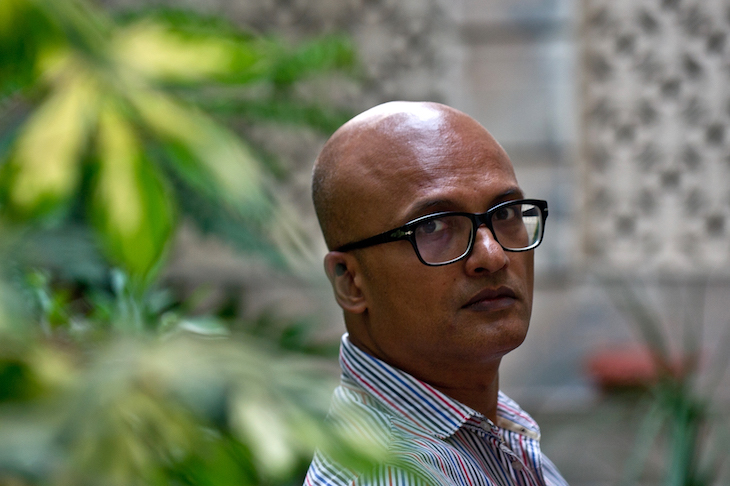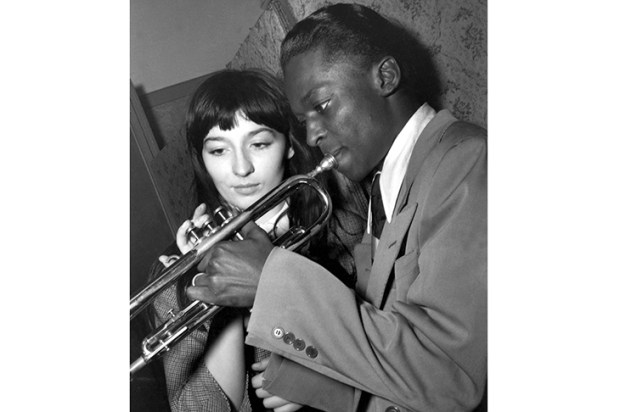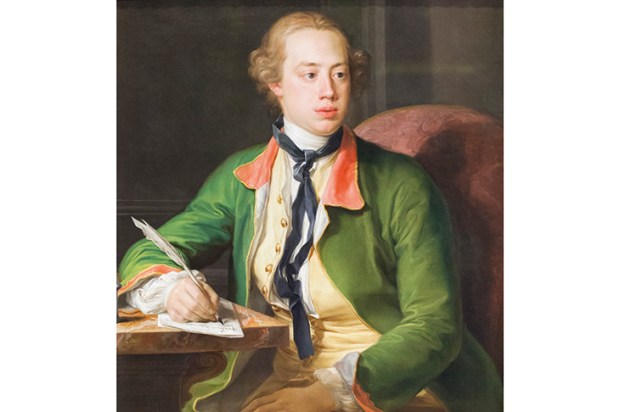The Indian poet Jeet Thayil’s first novel, Narcopolis, charted a two-decade-long descent into the underworlds of Mumbai and addiction. One part de Quincey, one part Burroughs, it was distinguished not just by the sustained beauty and brilliance of its prose but by what must surely rank as a strong contender for the funniest scene in a Theosophy Hall ever written. It was also highly autobiographical and, perhaps just as importantly, deliberately subversive, rejecting the questions of national identity and family that preoccupy most Indian novels that find favour in the West.
Something similar might be said about Thayil’s new novel, The Book of Chocolate Saints. At once a metafictional history of Mumbai’s literary scene, a furious satire of Western attitudes to Indian writing and an exploration of the complexity of the diasporic experience, it is also a rich and densely realised work of the imagination that simultaneously draws closely on Thayil’s own experience.
At the novel’s centre is the poet and painter Francis Newton Xavier. Born in Goa, and displaced first to Mumbai and then to New York, he is modelled in part on Dom Moraes (to whom the book is dedicated). Xavier is famous for his appetite for alcohol and women, tastes that have, as the years have passed, begun to catch up with him. Around Xavier move numerous other characters, perhaps most significantly his lover and carer, the photographer Goody Lol, his manager, Amrik Singh, an American-born Sikh and former bonds trader, and the rather more enigmatic figure of Dismas Bambai, a writer and poet, all based, to a greater or lesser degree, on real-life figures.
Presumably this appropriation of real people lends the novel a layer of meaning that is largely lost on non-Indian readers, a fact Thayil anticipates and bends back on itself. ‘Why has no one written about the Bombay poets of the 1970s and 1980s’, wonders one character early on, a question that finds at least part of an answer in a subsequent story about Allen Ginsberg’s celebration of Urdu poetry he could not understand over the poetry of Indian poets writing in English. As the person relating the story declares: ‘Inside the scruffy, lazy, bullshit bohemianism [the Beat poets] were blatant orientalists.’
This interplay between fact and fiction is given added energy by the novel’s polyphonic structure, which interleaves interviews with those who knew Xavier with extended reimaginings of his life and the lives of Dismas, Amrik and Goody. These in turn form part of a book within the book, a biography of Xavier by Dismas, a character whose biography strongly resembles Thayil’s own.
With its cast of dissolute, feuding poets and metafictional gameplay, The Book of Chocolate Saints inevitably recalls Roberto Bolaño’s The Savage Detectives. Yet there is nothing secondary or derivative about Thayil’s novel. On the contrary, it is dense, dazzling and ferociously intelligent. As in Narcopolis, the author’s command of language is frequently virtuosic in both its range and versatility, able to vault from character to character and shift seamlessly from carefully observed realism to the high-octane rush of words and images that dominate its latter half. And while it is not perfect — it sags in the final third, and its critique of the misogyny of Indian society and the myths of male genius is blunted by its focus on the male characters — it is nonetheless a remarkable achievement, bursting with energy, ideas and an appetite for risk-taking that is too rare in contemporary fiction.
Got something to add? Join the discussion and comment below.
Get 10 issues for just $10
Subscribe to The Spectator Australia today for the next 10 magazine issues, plus full online access, for just $10.
You might disagree with half of it, but you’ll enjoy reading all of it. Try your first month for free, then just $2 a week for the remainder of your first year.














Comments
Don't miss out
Join the conversation with other Spectator Australia readers. Subscribe to leave a comment.
SUBSCRIBEAlready a subscriber? Log in